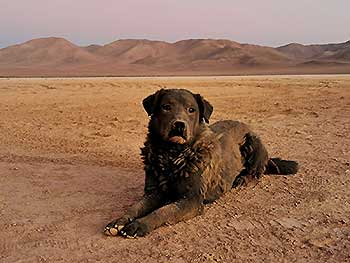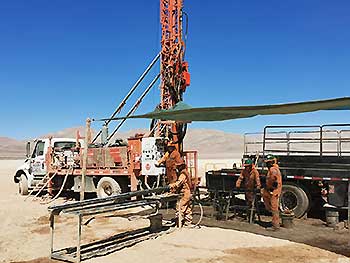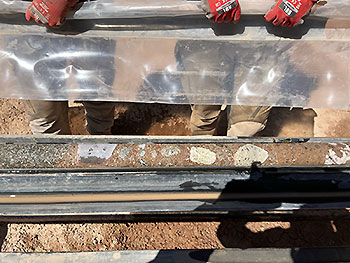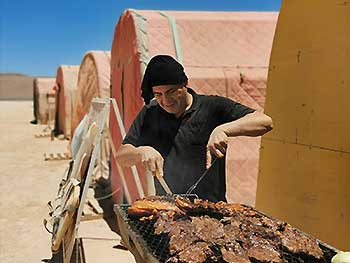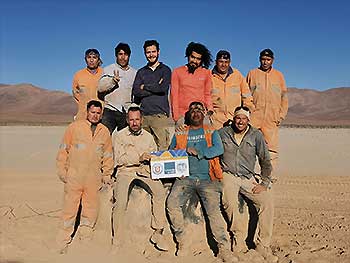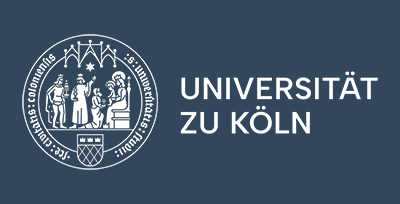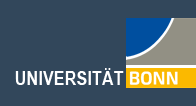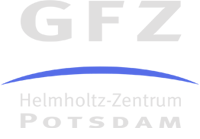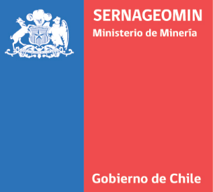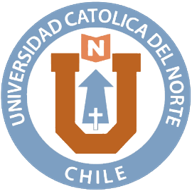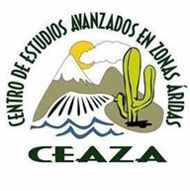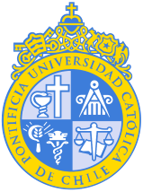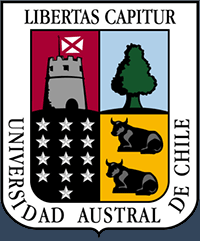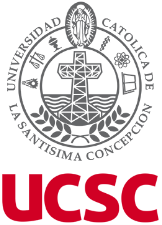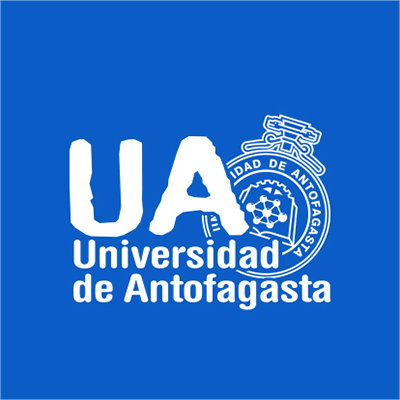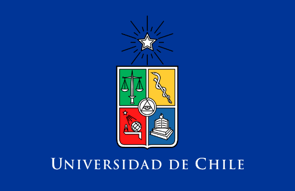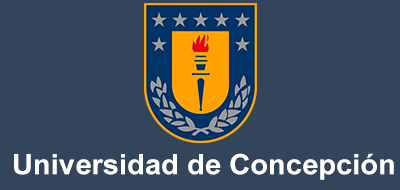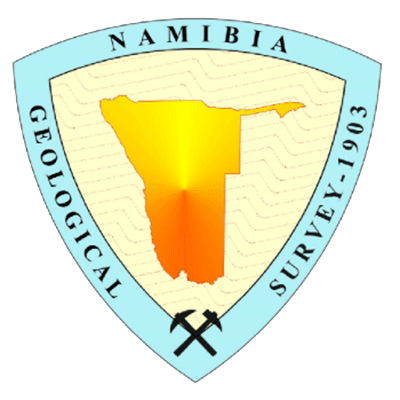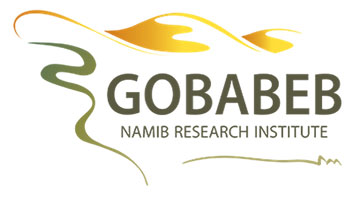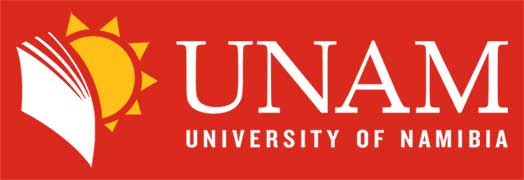After almost a week of rest in Antofagasta and reorganizing our logistics, we finally returned to the claypan last Sunday to continue our challenging drilling operation. As soon as we arrived back, the mystery of the footprints was revealed: a new member was added to our camp, a cute dog we named Dusty. Nobody knows where it came from, but now it stays with us in our small village to protect us during the night.
The limitations to reach further depths with the Sonic drilling and the switching to Diamond drilling brought lots of changes. A complete new set of trucks, tools and also a new crew of drillers were introduced to us. Larger modifications in the drilling equipment were necessary and the whole setup was completed on Tuesday morning.
The new drilling technique made it easily through the rocky transition zone at around 50 meters that was also visible in the seismic data. However instead of fine-grained material we found coarse sediments with large boulders, evidence of the early fluvial history of the basin. The Diamond drilling increased the speed of work drastically, allowing us to get deeper into the claypan with an average progress of 30-40 meters per day and with 100 % core recovery. After three full days of work we dug another 110 meters reaching 160 meters depth and are looking forward to find the boundary to the crystalline basement predicted by geophysics anytime soon.
In the meantime, the Sonic crew got their gear ready to move out of the claypan and into their new destination. But before leaving, our cook Ivan prepared a great “asado” as a goodbye for the old crew and a welcome of the new one. We took the chance to take a few group pictures with the sonic drillers and the scientists to remember our time together and the great job they did to recover this paleoclimatic treasure.
|
|



